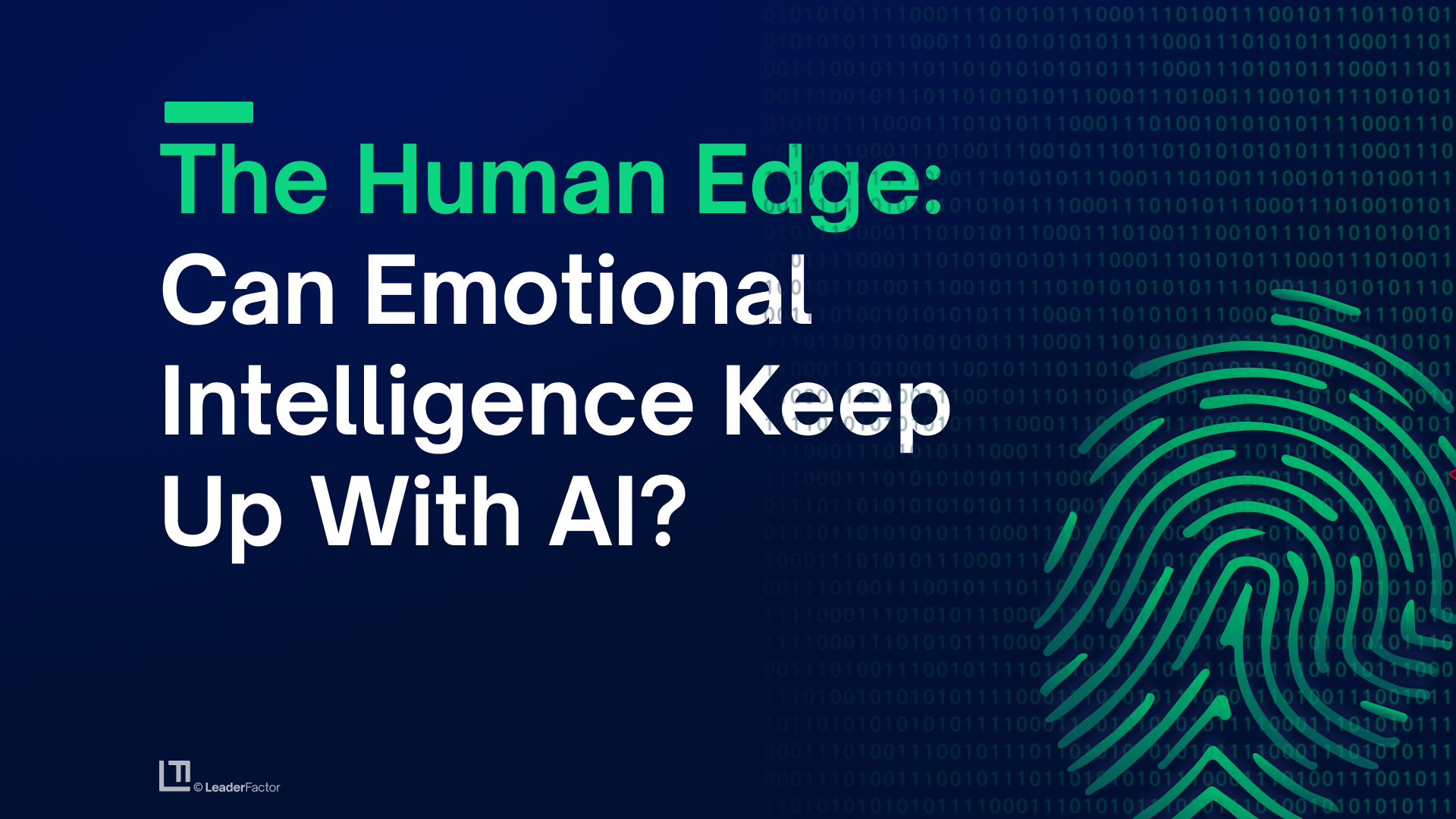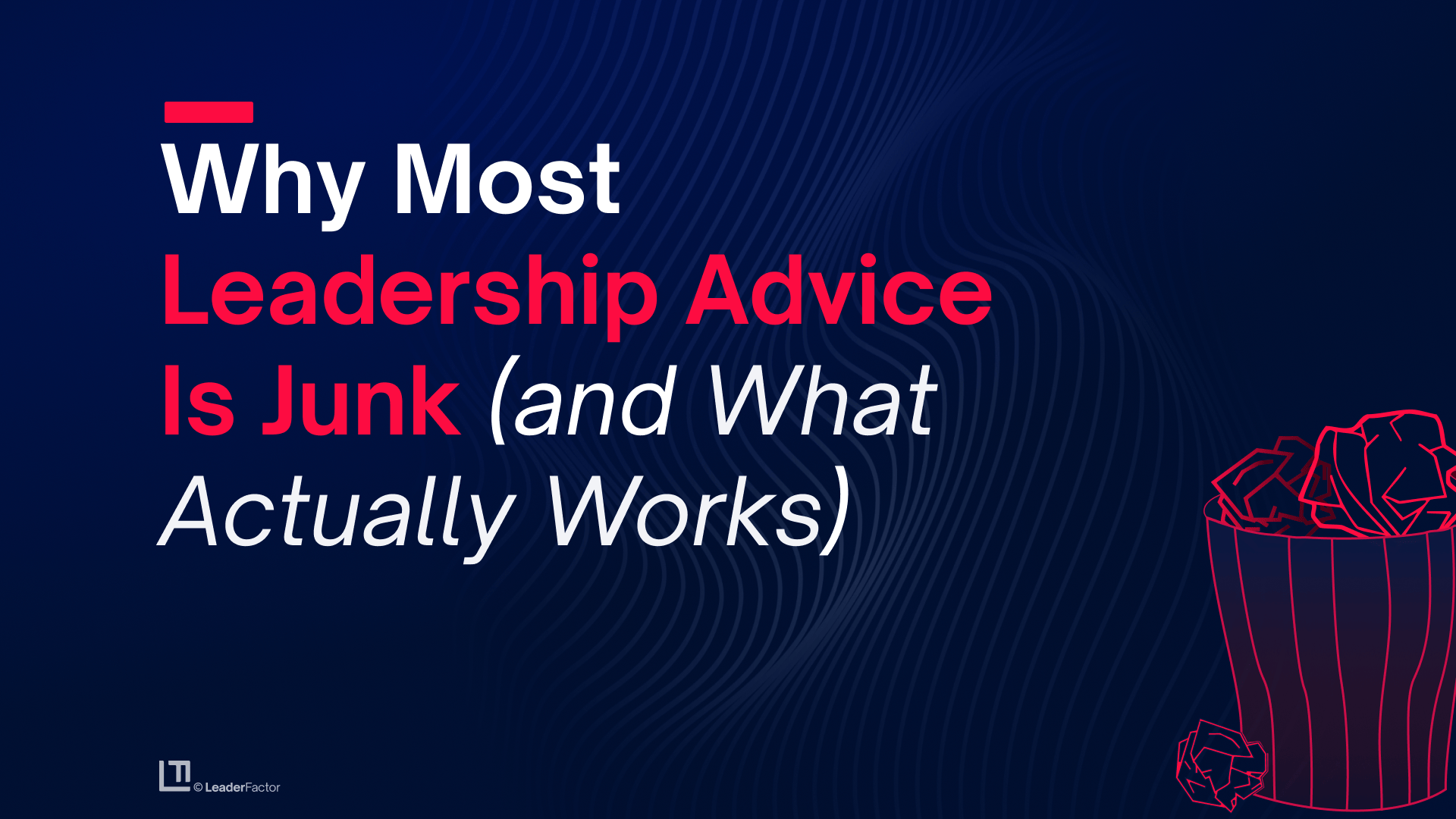Our website use cookies. By continuing navigating, we assume your permission to deploy cookies as detailed in our Privacy Policy.
Our website use cookies. By continuing navigating, we assume your permission to deploy cookies as detailed in our Privacy Policy.
Explore our practical leadership development content library.

Enjoy free comprehensive guides on psychological safety, the ladder of vulnerability, psychological safety behaviors, and an excerpt of The 4 Stages of Psychological Safety.
The Culture by Design Podcast hosted by Timothy R. Clark is will help you become a cultural architect no matter your position, your title, or your authority.

In this conversation, we explore why emotional intelligence has become the human edge in the age of AI. They discuss how organizations can scale EQ at the enterprise level, why empathy, creativity, and collaboration remain skills AI can’t replace, and how intent, perception, and behavior all shape true emotional intelligence.

This episode tackles the leadership problem most of us are drowning in: too many priorities and not enough focus. Through a memorable card-collecting analogy, Tim and Junior show why strategy isn’t about adding more: it’s about subtracting. You’ll hear why “if everything is valuable, nothing is,” how plural “priorities” became a modern distortion, and why the best leaders reprioritize daily, not quarterly.

This episode cuts through the noise and breaks leadership down to its core: take action, own accountability, and create positive change. It explores the three traps that kill leadership: inaction, excuses, and the status quo, and explains why most leadership advice is junk. With practical insights and memorable principles like “leave it better than you found it”, this conversation offers a clear, timeless definition of what real leadership looks like today.
Enjoy reading our published articles including some originally featured on Harvard Business Review.
Access 20+ webinars on topics related to psychological safety including employee engagement, agile, and vulnerability.
These downloadable resources are easy to use and share with your team. They cover a wide range of topics on and surrounding psychological safety.